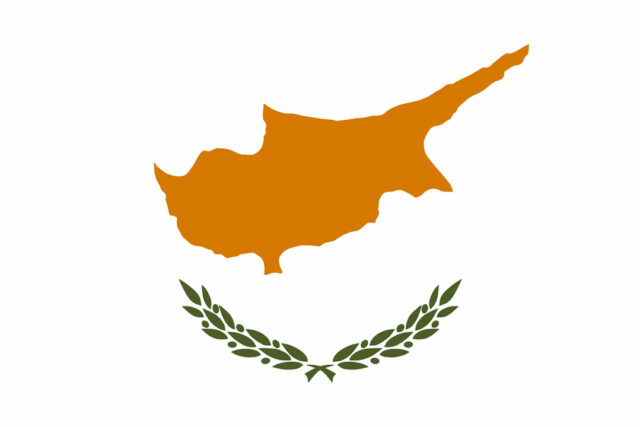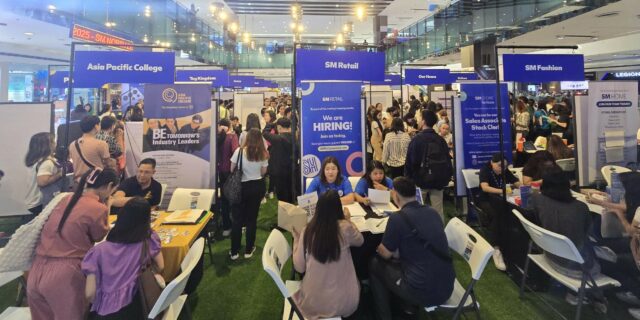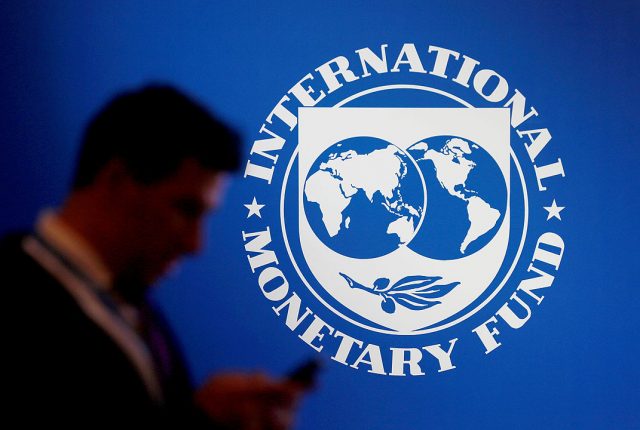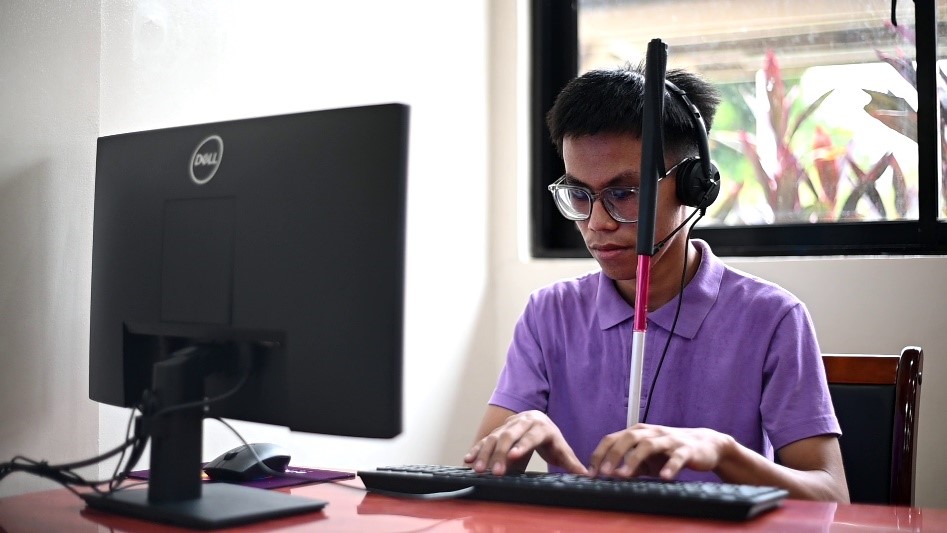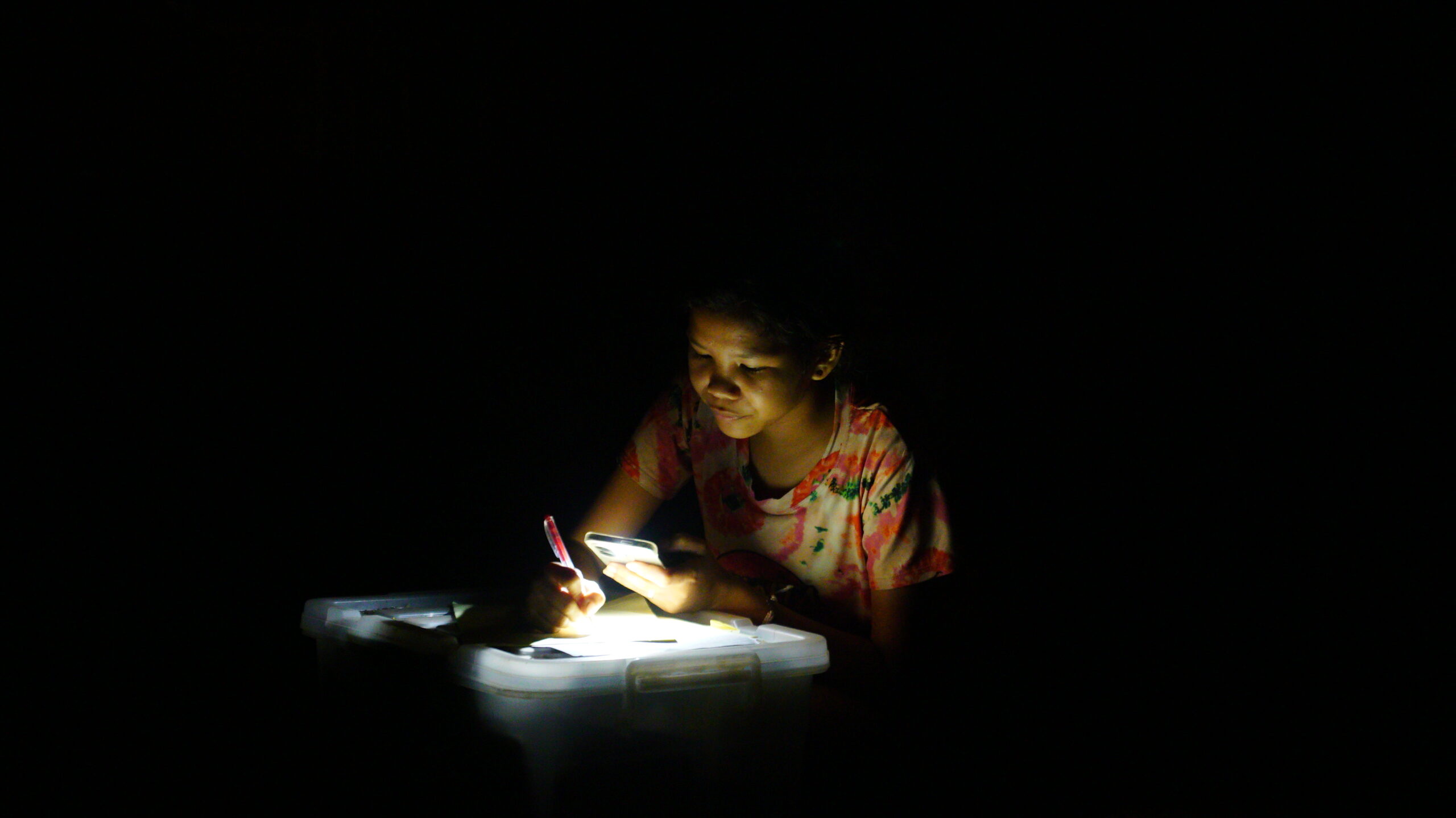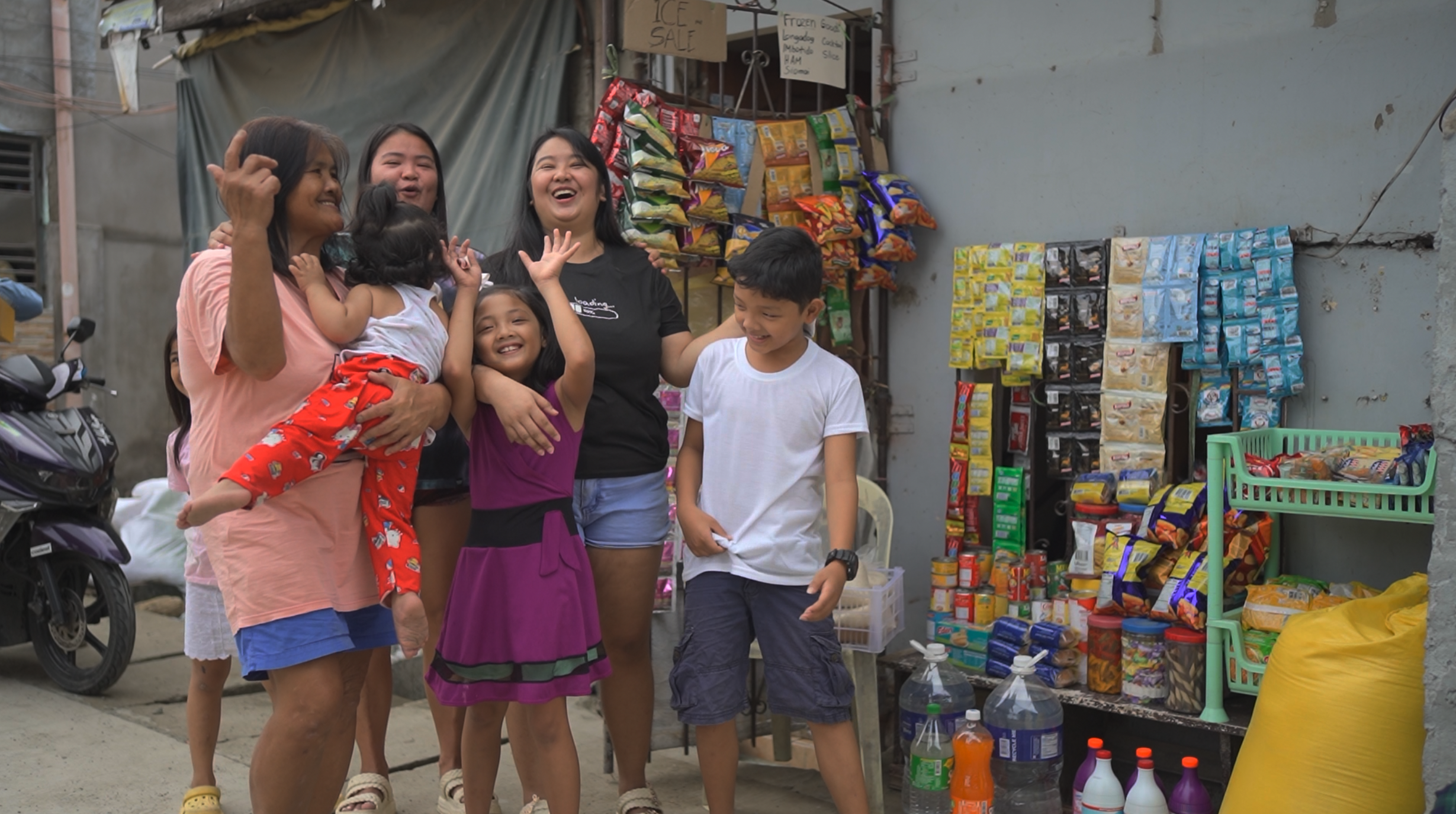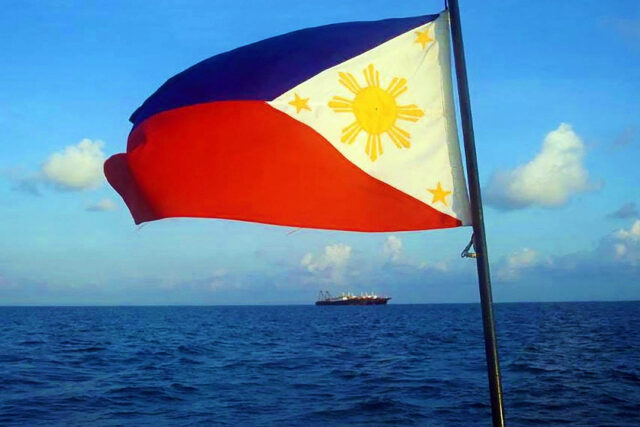WASHINGTON/TOKYO/BRUSSELS – He has launched an unprecedented global tariff war and slashed US foreign aid. He has disparaged NATO allies and embraced Russia’s narrative about its invasion of Ukraine. And he has spoken about annexing Greenland, retaking the Panama Canal and making Canada the 51st state.
In the chaotic first 100 days since President Donald Trump returned to office, he has waged an often unpredictable campaign that has upended parts of the rules-based world order that Washington helped build from the ashes of World War II.
“Trump is much more radical now than he was eight years ago,” said Elliott Abrams, a conservative who served under Presidents Ronald Reagan and George W. Bush before being appointed US special envoy on Iran and Venezuela in Trump’s first term. “I have been surprised.”
Trump’s second-term “America First” agenda has alienated friends and emboldened adversaries while raising questions about how far he is prepared to go. His actions, coupled with that uncertainty, have so unnerved some governments that they are responding in ways that could be difficult to undo, even if a more traditional US president is elected in 2028.
All this comes amid what the Republican president’s critics see as signs of democratic backsliding at home that have raised concerns abroad. These include verbal attacks on judges, a pressure campaign against universities and the transfer of migrants to a notorious El Salvador prison as part of a broader deportation drive.
“What we’re seeing is a huge disruption in world affairs,” said Dennis Ross, a former Middle East negotiator for Democratic and Republican administrations. “No one is certain at this point what to make of what’s happening or what will come next.”
This assessment of Trump’s shakeup of the global system comes from Reuters interviews with more than a dozen current and former government officials, foreign diplomats and independent analysts in Washington and capitals around the world.
Many say that while some of the damage already done could be long-lasting, the situation may not be beyond repair if Trump softens his approach. He has already backtracked on some issues, including the timing and severity of his tariffs.
But they see little chance of a dramatic shift by Trump and instead expect many countries to make lasting changes in their relationships with the US to safeguard against his erratic policy-making.
The fallout has already begun.
Some European allies, for instance, are looking to boost their own defense industries to reduce reliance on US weapons. Debate has intensified in South Korea about developing its own nuclear arsenal. And speculation has grown that deteriorating relations could prompt US partners to move closer to China, at least economically.
The White House rejects the notion that Trump has hurt US credibility, citing instead the need to clean up after what it calls former President Joe Biden’s “feckless leadership” on the world stage.
“President Trump is taking swift action to address challenges by bringing both Ukraine and Russia to the negotiating table to end their war, stemming the flow of fentanyl and protecting American workers by holding China accountable, getting Iran to the negotiating table by reimposing Maximum Pressure,” White House National Security Council spokesman Brian Hughes said in a statement.
He said Trump was also “making the Houthis pay for their terrorism … and securing our southern border that was open to invasion for four years.”
More than half of Americans, including one in five Republicans, think Trump is “too closely aligned” with Russia, and the American public has little appetite for the expansionist agenda he has laid out, according to a Reuters/Ipsos poll completed on April 21.
HIGH STAKES
At stake, say experts, is the future of a global system that has taken shape over the past eight decades largely under US primacy. It has come to be based on free trade, rule of law and respect for territorial integrity.
But under Trump, who has been scornful of multilateral organizations and often views global affairs through the transactional lens of a former real estate developer, that world order is being shaken up.
Accusing trading partners of “ripping off” the US for decades, Trump has set in motion a sweeping tariffs policy that has roiled financial markets, weakened the dollar and triggered warnings of a slowdown in worldwide economic output and increased risk of recession.
Trump has called the tariffs necessary “medicine” but his objectives remain unclear even as his administration works to negotiate separate deals with dozens of countries.
At the same time, he has all but reversed US policy on Russia’s three-year-old war in Ukraine and engaged in an Oval Office shouting match with Ukrainian President Volodymyr Zelenskiy in late February. He has warmed to Moscow and stirred fears that he will force NATO-backed Kyiv to accept the loss of territory while he prioritizes improved relations with Russian President Vladimir Putin.
The administration’s belittling of Europe and NATO, long the central pillar of transatlantic security but accused by Trump and his aides of freeloading off the US, has caused deep unease.
German Chancellor Friedrich Merz, after winning February’s election, expressed concern about European relations with the United States, saying it would be difficult if those who put “America First” actually made their motto “America Alone”.
“This really is five minutes to midnight for Europe,” Merz said.
In a further blow to Washington’s global image, Trump has employed expansionist rhetoric long avoided by modern-day presidents, which some analysts say could be used by China as justification if it decides to invade self-governed Taiwan.
With his blustery style, he has insisted that the US will “get” Greenland, a semi-autonomous Danish island. He has angered Canada by saying it has little reason to exist and should become part of the US He has threatened to seize the Panama Canal, which was handed over to Panama in 1999. And he has proposed that Washington take over war-ravaged Gaza and transform the Palestinian enclave into a Riviera-style resort.
Some analysts say Trump may be seeking to resurrect a Cold War-style global structure in which big powers carve up geographic spheres of influence.
Even so, he has offered no details on how the US could acquire more territory, and some experts suggest he may be assuming extreme and even over-the-top positions as bargaining ploys.
But some countries are taking him seriously.
“When you demand to take over a part of the Kingdom of Denmark’s territory, when we are met by pressure and by threats from our closest ally, what are we to believe in about the country that we have admired for so many years?” Danish Prime Minister Mette Frederiksen told a news conference in Greenland in early April. “This is about the world order that we have built together across the Atlantic over generations.”
COPING WITH TRUMP 2.0
Other governments are also beginning to recalibrate.
The European Union — which Trump has claimed, without evidence, was formed to “screw” the US — has prepared a range of retaliatory tariffs if negotiations fail.
Some countries such as Germany and France are looking at spending more on their militaries, something Trump has demanded but which could also mean investing more in their own defense industries and buying fewer arms from the US
With its historic friendship with the US now strained, Canada is seeking to strengthen economic and security links to Europe. This comes against the backdrop of Canada’s national elections on Monday dominated by voter resentment of Trump’s actions, which have triggered a nationalist wave and fueled perceptions that the US is no longer a reliable partner.
South Korea, too, has been rattled by Trump’s policies, including his threats to withdraw US troops. But Seoul has vowed to try to work with Trump and preserve the alliance it regards as critical against the threat of nuclear-armed North Korea.
US ally Japan is also on edge. It was taken by surprise by the magnitude of Trump’s tariffs and “is now scrambling to respond,” said a senior Japanese government official close to Prime Minister Shigeru Ishiba.
A key question is whether some governments will quietly hedge their bets by forging closer trade ties to China, Trump’s number one tariff target.
Spanish Prime Minister Pedro Sanchez met with President Xi Jinping in Beijing in early April, and China said recently it exchanged views with the EU on bolstering economic cooperation.
Beijing has cast itself as a solution for nations that feel bullied by Trump’s trade approach, despite its own record of sometimes predatory practices internationally, and is also trying to fill the vacuum left by his cuts in humanitarian aid.
Aaron David Miller, a former veteran US diplomat in Republican and Democratic administrations, said it’s not too late for Trump to shift course on foreign policy, especially if he begins to feel pressure from fellow Republicans uneasy over economic risks as they seek to retain control of Congress in next year’s mid-term elections.
If Trump holds firm, the next president could try to re-establish Washington’s role as guarantor of the world order, but the obstacles could be steep.
“What’s happening is not yet beyond the point of no return,” said Miller, now a senior fellow at the Carnegie Endowment for International Peace in Washington. “But how much damage is being done now to our relations with friends and how much adversaries will benefit is probably incalculable.” — Reuters







